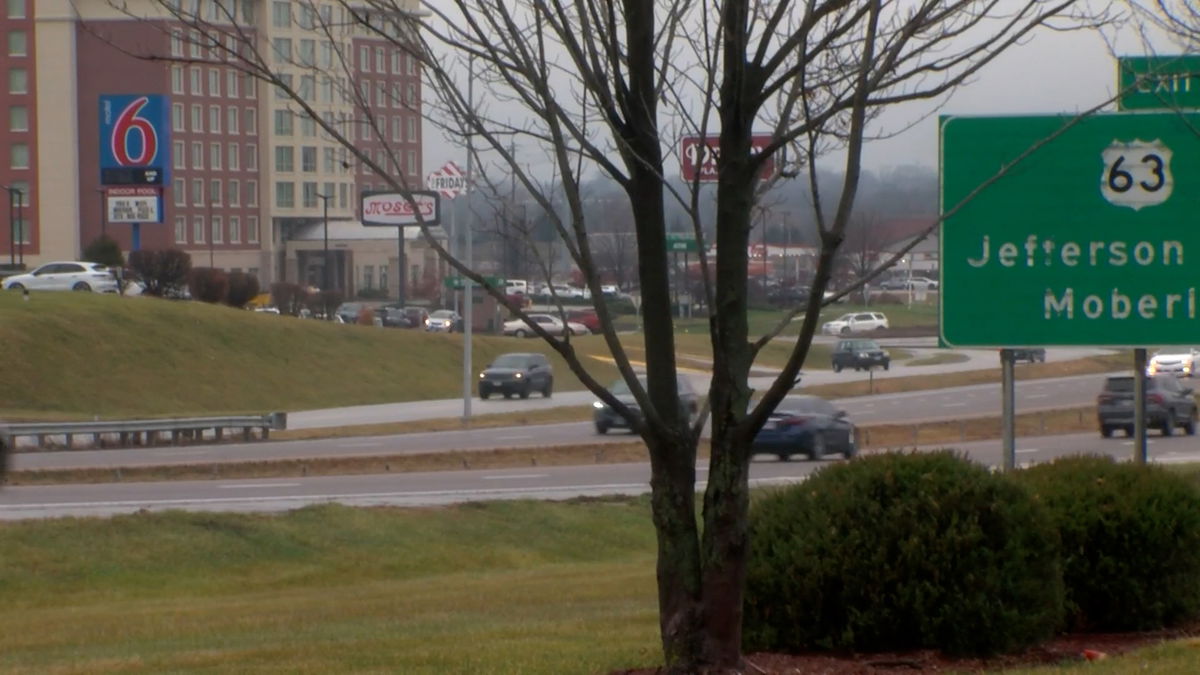Infra
Making a city like Waterloo more drivable means hard work to bring in partners

Trust in government can be rebuilt from the bottom up, starting with the city halls that affect people’s lives most directly.
The railroad tracks that run through Waterloo, Iowa, where I serve as mayor, are a vital part of our community’s fabric. Rail traffic is a key industry here, significantly boosting our local economy and growth. While the railroad does present some challenges, particularly for our more disadvantaged neighborhoods, we are dedicated to finding solutions that will maximize the benefits of this important infrastructure while also addressing any concerns.
One of the key difficulties in Waterloo is the large, multi-track rail yard near our downtown. This area is crucial for rail operations, but the frequent movement of rail cars can occasionally cause disruptions. Trains blocking several central-city streets might remain stationary for extended periods, which can lead people to navigate around or under rail cars to access schools, shops, and workplaces. While this situation has occasionally led to serious incidents and injuries, we are actively working to improve safety and minimize challenges to ensure the rail supports the community effectively and without harm.
It’s a steady refrain in my city: Residents say the tracks prevent them from getting where they need to go.
Our challenge is as much about social equity as transportation and mobility. Roughly 18% of Waterloo’s 113,000 residents are Black. Many live near the rail yard, due to a history of racism, redlining, and segregation dating to the early 20th century, when the area was called “Smoky Row.” The noise and air pollution, safety concerns, aesthetics of industrial facilities, and constant movement of trains detract from the appeal of the neighborhood, disrupting residents’ lives and reducing their homes’ value.
When the bipartisan infrastructure law was passed, I was eager to seize the opportunity to obtain federal funding to tackle these issues. But with 400 different grant opportunities and more than $1.3 trillion available, our small staff needed a hand.
We turned to the Local Infrastructure Hub, a national initiative led by Bloomberg Philanthropies which galvanized a consortium of experts including the Ballmer Group, Emerson Collective, Ford Foundation, The Kresge Foundation, Waverley Street Foundation, National League of Cities, United States Conference of Mayors, Results for America, and Delivery Associates. The program draws help from all corners — philanthropic partners, technical specialists, policy leaders, and mayors and local officials — so municipalities can get the resources required to confront pressing needs.
The program is working. Through pro bono strategy sessions with big cities, trainings with Washington’s infrastructure czars, and months-long grant-writing boot camps for localities like ours (those with 150,000 residents or less), participating localities have brought home more than $2 billion to improve roads, bridges, water, broadband, and much more, to make their communities stronger and their cities more resilient.
In Waterloo, the Local Infrastructure Hub helped us identify the grant best suited to our needs — the Neighborhood Access and Equity program. Its experts provided specific tips on how to craft a narrative that details Waterloo’s rail history, and why we need changes to make life safer and more just for all the people we serve.
Our city’s team received step-by-step coaching in how to design a compelling application. From the ins and outs of drawing down scores of data to developing a creative capital finance stack, lessons from the Local Infrastructure Hub proved invaluable. The most crucial advice was that even small towns should lead in partnering with powerful private sector players to win.
It was through this process that we began working with, not struggling against, the rail yard’s owner, the Canadian National Railway. The program’s specialists made clear that cross-sector collaboration was a feature that federal agencies seek in applications.
Our effort was successful: a $750,000 U.S. Department of Transportation grant will allow us to study the possibility of moving the rail yard to the outskirts of town and how to best redevelop the current site. We will coordinate with the CN Railroad, local authorities, community stakeholders, and transportation and engineering experts. It’s a testament to our city’s ability to come together to begin to bridge this divide, galvanizing something of a whole-of-society approach.
Waterloo wasn’t alone. Among the Reconnecting Communities awards doled out in March, Local Infrastructure Hub bootcamp participants’ average award size per resident was three times higher than city winners nationally. From Juneau, Alaska, to Rexburg, Idaho, to Montgomery, Alabama, to Savannah, Georgia, the Local Infrastructure Hub is providing the means through which mayors — particularly those of small towns and mid-size cities — are learning and winning together.
For a mostly steel-and-crosstie project, equity might seem like an odd goal. But such infrastructure improvements are the bedrock of leveling access to education, public safety, opportunity, and jobs. I’m confident that our efforts in Waterloo will serve as a beacon for our city’s future.
I appreciate that the grant-seeking process is free of partisan politics. There are no Democratic or Republican railroads. Tracks are equally problematic when the length, frequency, and maneuvers of trains overwhelm a town’s capacity. Waterloo’s rail history reminds us why we need infrastructure investments to make changes that enable life to be healthier, more secure, and more prosperous for everyone.
As in Waterloo, the consequences of unattended infrastructure needs are dire nationwide. Not only has America fallen behind other developed countries, but we have missed a chance to boost our collective wealth. A 2022 World Bank analysis found that such public spending is twice as effective at spurring the economy than tax cuts and fiscal transfers. A dollar invested in infrastructure generates $1.50 of economic activity.
Crafting effective applications for federal grants is a tough and time-consuming task. But I urge fellow mayors, in Iowa and elsewhere, to make the effort. To reach out to hear from residents. To engage unexpected partners. To forge smart collaborations. To break down barriers that have separated towns — and residents — for too long, even if it must happen brick by brick. And to tap into creative resources, like the Local Infrastructure Hub, for a leg up in building the infrastructure — and the ways of working — that Americans deserve.
After all, trust in government can be rebuilt from the bottom up, starting with the city halls that affect people’s lives most directly.
Quentin Hart is the mayor of Waterloo.









